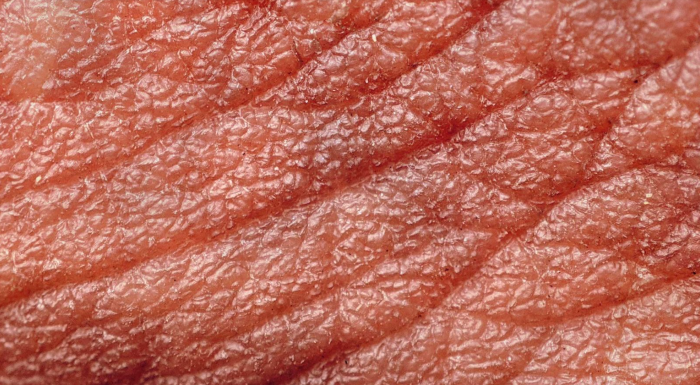Pioneering Artificial Skin: A Breakthrough in Materials Science

Imagine a world where robots are indistinguishable from humans—not just in appearance, but in touch, sensation, and the ability to heal themselves. What sounds like science fiction is rapidly becoming reality thanks to a remarkable breakthrough in materials science. Researchers at the Technical University of Denmark have created an artificial skin-like material that mimics many of the properties of living tissues, including self-healing and environmental responsiveness.
This new material, described in a study published in Advanced Science, could revolutionize robotics, healthcare, and even military applications by giving machines and devices a more human-like interface with the world.
A Material That Thinks and Feels
The material—graphene-poly(3,4-ethylenedioxythiophene):polystyrene sulfonate—combines graphene, renowned for its strength and conductivity, with an electrically conductive polymer. This hybrid substance is not only soft and flexible like human skin but also capable of healing itself within seconds of damage. This self-repair is made possible by the restoration of conductive molecular connections, similar to Velcro resealing after being pulled apart.
But the innovation doesn’t stop there. The material can detect changes in temperature, pH, humidity, and even biological signals such as dopamine, proteins, and electrolytes. This sensing ability mirrors how human skin and nerves work—conducting electrical signals in response to environmental stimuli.
Redefining Robotics and Medicine
In robotics, this discovery opens up new possibilities for creating humanoid machines with lifelike qualities. Robots equipped with such artificial skin could sense touch, respond to injuries, and adapt to environmental conditions. For example, a robot working outdoors in winter could use the material to sense temperature and generate heat to stay operational.
Healthcare applications are equally promising. The material could be used to create smart implants or sensors capable of monitoring patient health and releasing medication in response to specific biological cues, such as detecting tumor growth or elevated body temperature.
Military and Beyond
The researchers also envision futuristic military uses, such as swarms of miniaturized robots capable of sensing and disabling key components of enemy vehicles. While such applications remain speculative, they highlight the transformative potential of this technology.
“For the first time, we now have a material with all the same properties that are present in nature,” said Alireza Dolatshahi-Pirouz, Group Leader at the Department of Health Technology, Technical University of Denmark. “This synthetic skin responds to stimuli, repairs itself, and conducts electricity, unlocking applications we could only dream of before.”
A Glimpse Into the Future
This development marks a significant milestone in bridging the gap between artificial and biological systems. By creating materials that can mimic the complexity of living tissues, scientists are laying the groundwork for a new generation of smart devices, responsive systems, and adaptive machines.
Read the full article on AZoM here: Artificial Skin That Heals and Senses: A Leap in Material Science.
Sponsored by PWmat (Lonxun Quantum) – a leading developer of GPU-accelerated materials simulation software for cutting-edge quantum, energy, and semiconductor research. Learn more about our solutions at: https://www.pwmat.com/en
📘 Download our latest company brochure to explore our software features, capabilities, and success stories: PWmat PDF Brochure
📞 Phone: +86 400-618-6006
📧 Email: support@pwmat.com
Hashtags: #ArtificialSkin #MaterialsScience #Graphene #SelfHealingMaterials #QuantumServerNetworks #PWmat

Comments
Post a Comment